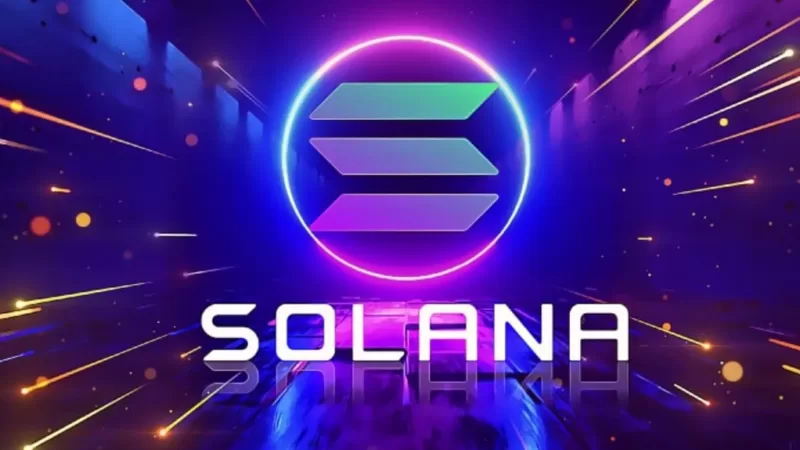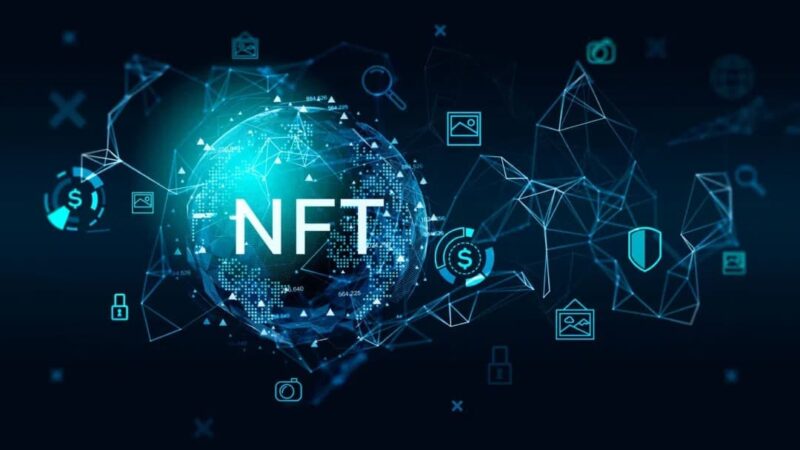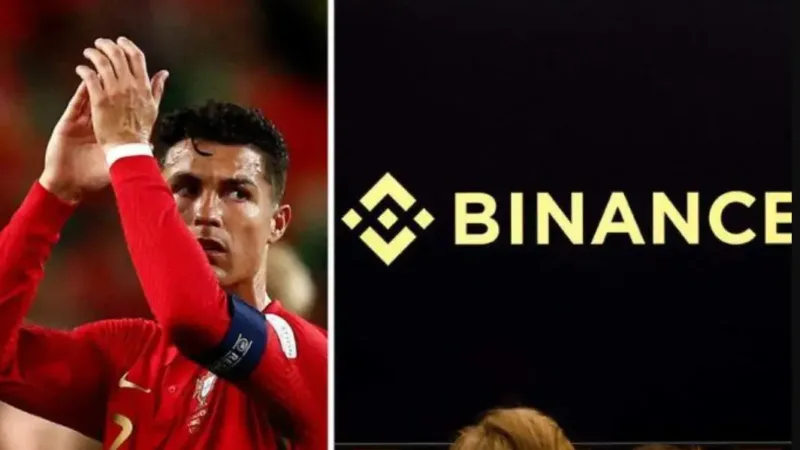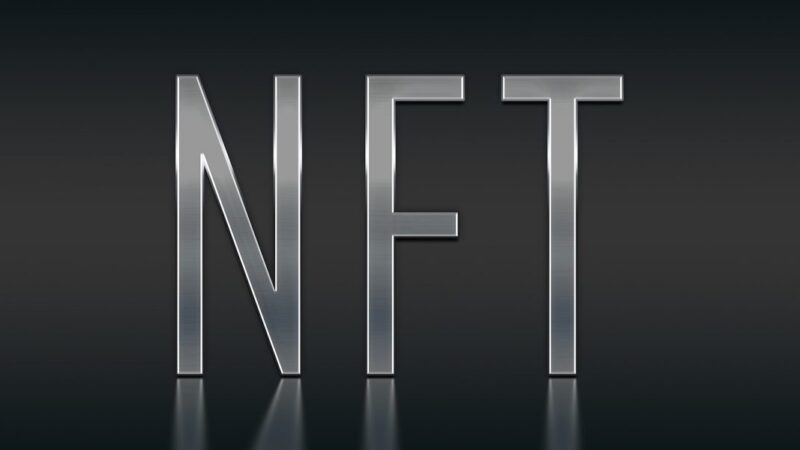The Future of NFT Art: Everything You Need to Know
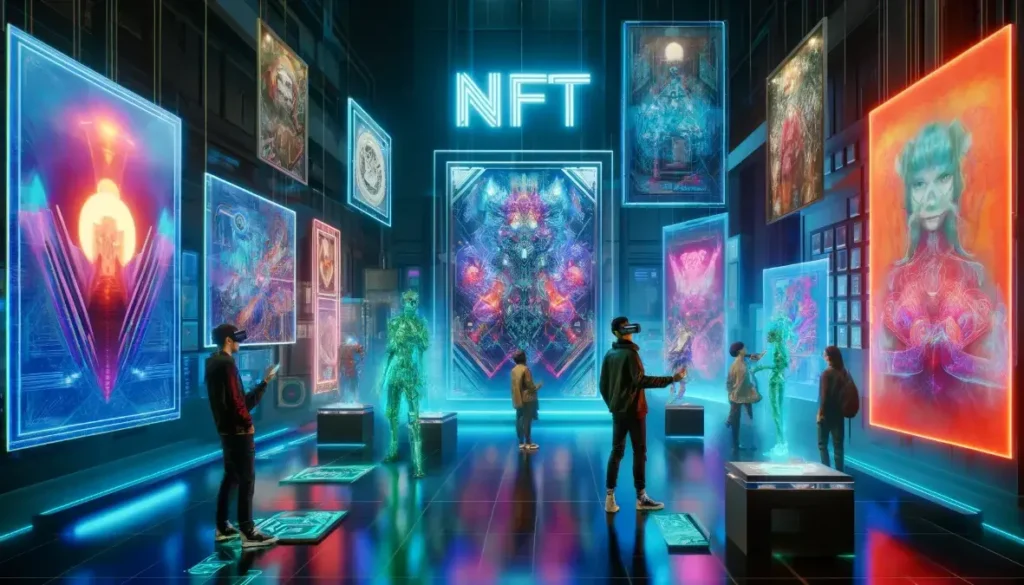
NFT art has taken the digital world by storm, offering artists and collectors a revolutionary way to buy, sell, and own unique digital assets. With blockchain technology providing proof of ownership and authenticity, NFT art is changing the way we perceive and value digital creations. But what exactly is NFT art, and why is it gaining so much attention?
Table of Contents
What is NFT Art?
NFT art refers to digital artwork that is tokenized as a non-fungible token (NFT) on a blockchain. Unlike traditional digital images or videos that can be copied infinitely, NFT art is unique, verifiable, and secured on a decentralized ledger.
Each NFT represents ownership of a particular piece of digital art, allowing artists to sell their work directly to buyers without the need for intermediaries.
How Does NFT Art Work?
Non-fungible token art is created and sold using blockchain technology. Here’s how the process works:
- Creation: Artists create digital artwork, which can include images, GIFs, videos, or even 3D models.
- Minting: The artwork is then minted into an NFT on a blockchain, such as Ethereum, Solana, or Tezos.
- Smart Contracts: The NFT contains smart contract data that includes ownership details, royalties, and transaction history.
- Listing & Selling: Artists list their NFT art on online marketplaces like OpenSea, Rarible, or Foundation for collectors to purchase.
- Ownership Transfer: Once purchased, the NFT is transferred to the buyer’s digital wallet, proving their ownership.
Why is Non-fungible token Art Valuable?
NFT art has gained value for several reasons:
- Scarcity & Uniqueness: Each NFT is one-of-a-kind, making it rare and desirable.
- Ownership & Authenticity: Blockchain technology ensures that ownership is recorded and cannot be forged.
- Monetization for Artists: Artists can earn royalties from resale transactions, ensuring ongoing revenue.
- Cultural Significance: High-profile sales and celebrity involvement have driven demand for NFT art.
Top Non-fungible token Art Marketplaces
If you’re interested in buying or selling NFT art, here are some of the top platforms:
- OpenSea – The largest NFT marketplace, offering a variety of digital collectibles.
- Rarible – A decentralized marketplace where creators earn royalties.
- Foundation – Focuses on high-quality digital art and exclusive drops.
- SuperRare – A curated marketplace for premium, rare digital art.
- Nifty Gateway – Known for limited-edition NFT drops by renowned artists.
Benefits of NFT Art for Artists
NFT art has opened up new opportunities for digital artists. Some key benefits include:
- Direct Sales: Artists can sell their work directly to buyers without middlemen.
- Resale Royalties: Smart contracts allow artists to earn royalties every time their NFT is resold.
- Global Reach: NFT art can be sold to collectors worldwide, increasing exposure.
- Immutable Proof of Ownership: Blockchain technology ensures authenticity and prevents forgery.
Challenges and Risks of Non-fungible token Art
Despite its potential, NFT art also comes with challenges, including:
- Environmental Concerns: Some blockchains use significant energy, raising sustainability issues.
- Market Volatility: NFT values can fluctuate wildly, making investments risky.
- Copyright Issues: Cases of stolen artwork being minted as NFTs have raised concerns about digital rights.
- High Transaction Fees: Some platforms charge high gas fees, making transactions costly.
How to Create and Sell Non-fungible token Art
If you’re an artist looking to enter the Non-fungible token art space, here’s how you can get started:
Step 1: Choose a Blockchain
Select a blockchain that supports NFTs. Ethereum is the most popular, but alternatives like Solana, Polygon, and Tezos offer lower fees.
Step 2: Set Up a Digital Wallet
You’ll need a crypto wallet like MetaMask or Phantom to store and manage your NFTs and cryptocurrency.
Step 3: Select an NFT Marketplace
Pick a platform that suits your needs. OpenSea and Rarible are beginner-friendly, while SuperRare focuses on high-end art.
Step 4: Mint Your NFT
Upload your artwork, set your pricing model (fixed price or auction), and mint it on the blockchain.
Step 5: Promote Your NFT Art
Share your work on social media, engage with NFT communities, and collaborate with other artists to gain visibility.
Famous Non-fungible token Art Sales
NFT art has seen some incredible sales, including:
- Beeple’s “Everydays: The First 5000 Days” – Sold for $69.3 million at Christie’s.
- CryptoPunk #5822 – Purchased for $23.7 million in 2022.
- Bored Ape Yacht Club NFTs – Celebrities like Eminem and Snoop Dogg have joined the trend.
The Future of Non-fungible token Art
As Non-fungible token art continues to evolve, here are some trends to watch:
- Integration with Virtual Worlds: NFTs are becoming part of the metaverse, where they can be displayed in digital galleries.
- New Revenue Streams: Musicians, filmmakers, and content creators are exploring NFTs for monetization.
- Improved Sustainability: Eco-friendly blockchain solutions are being developed to reduce energy consumption.
- Mainstream Adoption: More brands and institutions are entering the NFT space, legitimizing digital art ownership.
Stay tuned for daily cryptocurrency news!
Conclusion
NFT art has revolutionized the art world by offering artists new ways to create, sell, and earn from their digital creations. While challenges exist, the potential for innovation and financial success in this space is undeniable.
Whether you’re an artist, collector, or investor, NFT art presents exciting opportunities to explore. As technology advances and adoption grows, the future of Non-fungible token art looks brighter than ever.
